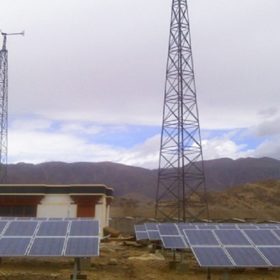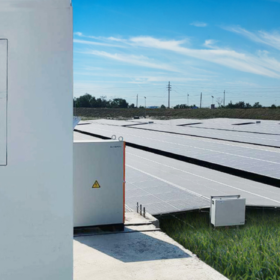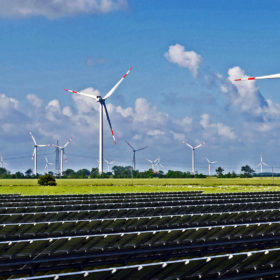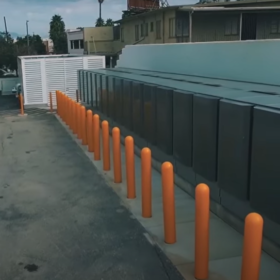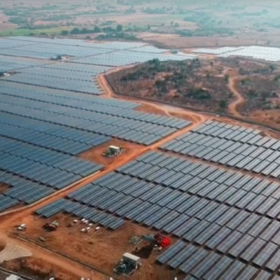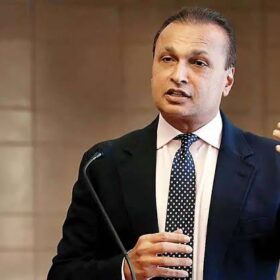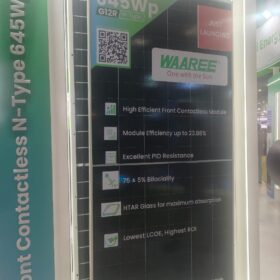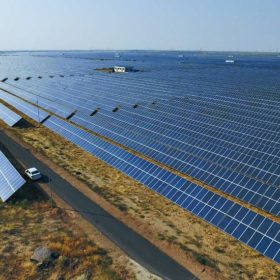Waaree supplies 1.53 MW of solar modules to RBA Power
The Mumbai-headquartered solar manufacturer supplied its 335 Wp polysilicon modules for the 1.53 MW PV project located at Kovilpatti in the Indian State of Tamil Nadu.
2021: A year of ascent for solar PV
The solar sector in India bounced back to make 2021 the best year in new PV capacity addition. The year also witnessed a massive response to PLI tender for solar manufacturing and launch of 50 GWh battery cell tender and green hydrogen mission.
Growatt nearing 1 GW of solar inverter shipments in India this year
The Chinese inverter maker has expanded its offerings in India beyond commercial and residential solar sector by launching 250 and 253 kW inverters for the utility segment. It also plans to bring its offgrid solutions to the Indian market in 2022.
REC signs US$ 169.5 million loan agreement with KfW for innovative solar projects
This is the fifth credit line signed between REC Limited and KfW for the financing of power sector projects and the third credit line for the financing of renewable energy projects.
Sungrow to supply inverters to ‘largest solar project in Bangladesh’
The Chinese inverter maker has signed a contract with India-based Rays Power Infra to supply 1,500V, 3.125 MW central inverters to the 280 MW solar project, set to be installed in the Rangpur district of Bangladesh.
Green Energy push for future sustainability in India
The core objective of renewable energy deployment in India is to promote economic growth, enhance energy security, increase energy access, and reduce climate change. Sustainable development is possible by the use of clean energy and by ensuring access to affordable and reliable energy for every citizen.
Exide Industries to set up gigawatt-scale Li-ion cell manufacturing plant
The lead-acid battery major, which is into lithium battery assembly in a joint venture with Swiss firm Leclanche, will set up a multi-gigawatt lithium-ion cell manufacturing plant as it strives to become more cost-competitive and better serve its customers.
Building battery storage systems in India
Nexcharge, a joint venture of India’s largest lead-acid storage battery manufacturer, Exide Industries Limited, and Swiss Lithium-ion battery manufacturer Leclanché, has fully automated assembly lines of li-ion battery packs, modules, and cell testing labs in Gujarat. Ketan Chitnis, vice president-stationary BU, tells pv magazine the government’s PLI Scheme is a major incentive for attracting investment into Li-ion cell manufacturing.
Bloom Energy to power India’s first green hydrogen microgrid
State-owned NTPC Limited has selected California-headquartered Bloom Energy’s electrolyzer and hydrogen-powered fuel cell technologies for the nation’s first green hydrogen-based energy storage deployment.
ReNew Power hits 7.4 GW of operating renewable energy capacity
The developer installed a record 1.5 GW of renewable energy capacity within the current fiscal year alone. This includes more than 1.3 GW of utility-scale solar projects and over 150 MW of wind.



